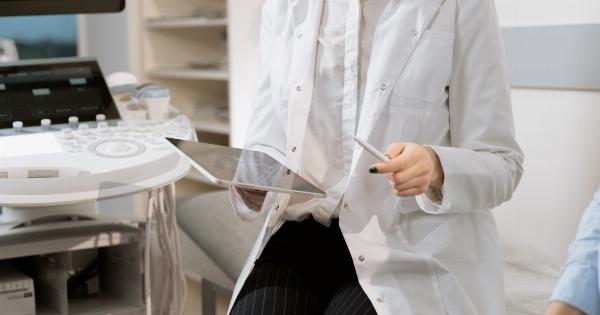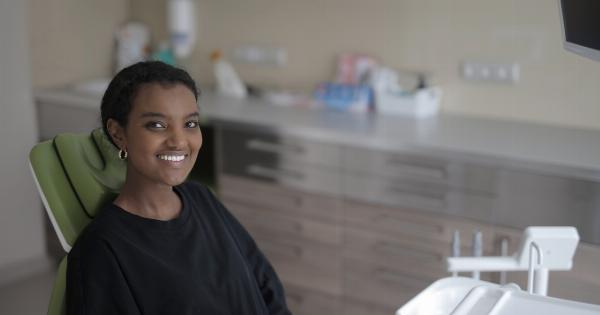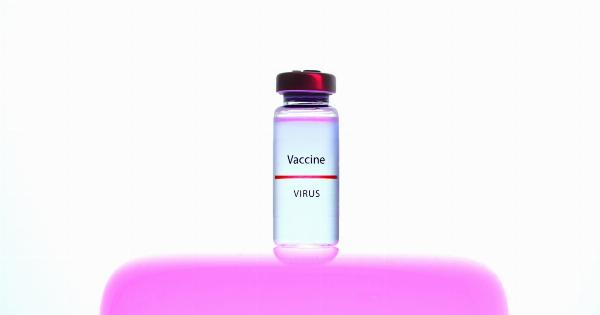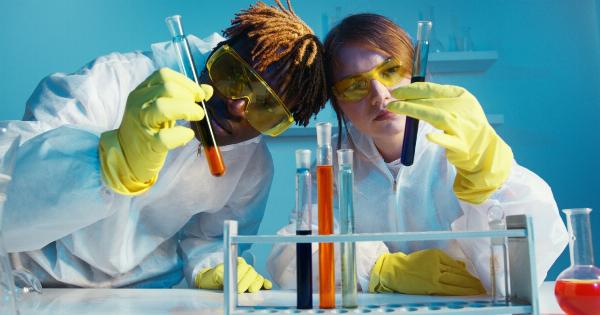Human papillomavirus (HPV) is a common sexually transmitted infection that can also spread through various other means, including kissing.
Although most people with HPV do not experience any symptoms or serious health issues, it is essential to understand how the virus can spread to minimize its transmission and potential complications. In this article, we will explore the mechanisms by which HPV can spread through kissing and discuss preventative measures one can take.
Understanding HPV
HPV refers to a group of more than 200 related viruses, many of which are sexually transmitted.
It is primarily responsible for various types of warts, including genital warts, although some strains can cause more severe health conditions, such as certain types of cancer. HPV is highly contagious and can be transmitted through skin-to-skin contact with infected areas of the body.
HPV and Oral Transmission
While HPV is commonly associated with genital infections, it is important to note that it can also infect the mouth and throat. This brings us to the main question of this article – how does HPV spread through kissing?.
Research suggests that certain strains of HPV can indeed be transmitted through open-mouth kissing, also known as French kissing.
This transmission most commonly occurs when one partner has an active HPV infection in their mouth or throat, usually without any visible symptoms.
It is vital to understand that not all types of HPV can be transmitted through kissing. The particular strains that are capable of being spread through oral contact are known as high-risk HPV strains.
These high-risk strains have been associated with an increased risk of developing oral cancers.
HPV Transmission via Saliva
One of the ways through which HPV can spread during kissing is via infected saliva. Saliva can contain the virus if an individual has an HPV infection in their mouth or throat.
When kissing, saliva is exchanged between partners, which can result in the transfer of the virus from one person to the other.
It is important to note that HPV transmission through saliva alone is not very common compared to other forms of sexual contact, such as intercourse.
However, it can still occur if there are open sores, cuts, or other lesions in the mouth that provide an entry point for the virus.
The Role of Oral Warts
In some cases, HPV can cause visible warts in the mouth or throat of an infected individual. These oral warts can increase the risk of HPV transmission through kissing.
If there are visible warts in the mouth, caution should be exercised to avoid engaging in activities that involve direct contact with the warts.
However, it’s important to note that in many cases, HPV infections do not result in visible warts or any noticeable symptoms.
This makes it more challenging to determine whether someone is infected and increases the risk of transmitting the virus unknowingly.
Reducing Risk and Preventive Measures
While it is not possible to eliminate the risk of HPV transmission completely, there are several preventive measures that one can take to reduce the chances of contracting or spreading the virus through kissing:.
- Vaccination: Getting vaccinated against HPV is one of the most effective ways to prevent infection. HPV vaccines are recommended for both males and females and are most effective when administered before becoming sexually active.
- Open communication: Having open and honest conversations about sexual health with your partner is essential. Discussing previous sexual history, including any past HPV infections, can help make informed decisions and lower the risk of transmission.
- Regular screenings: Regular screenings, such as Pap tests and oral HPV tests, can help detect and monitor HPV infections. Early detection can lead to timely medical intervention and reduced transmission risk.
- Practice safe kissing: While it may not be practical to avoid kissing altogether, taking precautions can help reduce the risk. These precautions include avoiding intimate contact if either partner has visible oral warts or open sores in the mouth.
- Maintain good oral hygiene: Brushing your teeth, using mouthwash, and maintaining overall good oral hygiene can help reduce the risk of HPV transmission in the mouth and throat.
- Regular check-ups: Routine visits to a healthcare professional can help monitor your overall sexual health. They can provide guidance, answer questions, and perform necessary screenings to ensure early detection and appropriate management.
- Safe sexual practices: Engaging in safer sexual practices, such as using condoms or dental dams during oral or penetrative sexual activities, can help lower the risk of HPV transmission.
- Education and awareness: Spreading awareness about HPV, its transmission, prevention, and available vaccinations can help reduce the overall incidence of infection.
Conclusion
While HPV primarily spreads through sexual contact, including vaginal, anal, and oral sex, it can also be transmitted through kissing. The risk of transmission via kissing is lower compared to other forms of sexual activities, but it is still possible.
Taking preventive measures, such as vaccination, open communication, and practicing safe kissing, can significantly reduce the risk of contracting or spreading HPV.
It is crucial to stay informed about HPV, including its modes of transmission and available preventive measures.
By empowering ourselves with accurate knowledge, we can make informed decisions to protect ourselves and reduce the overall prevalence of HPV infections.




























